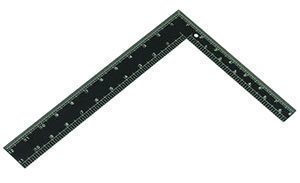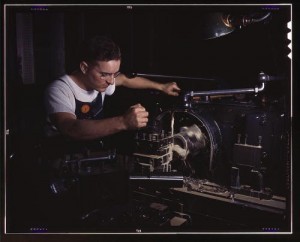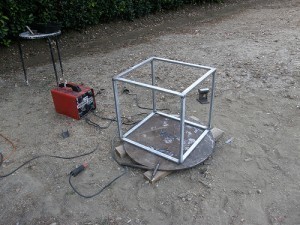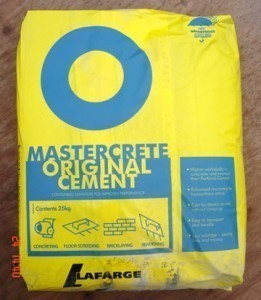Dimensions of a Steel square
Various steel square sizes can be found today. The narrow arm  (or tongue) is typically 1.5 inches (3.81 cm) wide. The other arm (or blade) is 2 inches (5.08 cm) wide. The typical square measures 24 inches (60.96 cm) by 16 inches (40.64 cm). But there are also other sizes to choose from. Shorter and longer variants can be purchased too.
(or tongue) is typically 1.5 inches (3.81 cm) wide. The other arm (or blade) is 2 inches (5.08 cm) wide. The typical square measures 24 inches (60.96 cm) by 16 inches (40.64 cm). But there are also other sizes to choose from. Shorter and longer variants can be purchased too.
Steel Square Facts
The steel square is also known as the carpenter’s square or framing square. This tool is used by contractors, carpenters, DIY aficionados and masonry contractors.
In spite of the name, the tool looks more like an L. It can be made from various materials, but usually it is aluminum or another metal variant. It is fitted with a long arm. Together with the shorter arm, the two make a right angle. The longer arm is employed for right angle measurements.
Aside from making measurements, the steel square gives the user access to scales and tables. It can also be handy when figuring out pitches, angles and cuts. For these reasons, the framing square has become very important for carpenters.
Use and Application
Aside from the ones mentioned earlier, the varied steel square sizes can be used in other ways. For example, the tool can be utilized for framing of pictures, roofs or stairs. Aside from determining the right angles precisely, it can also be employed for laying down hip rafters, space rafters and stairs.
Origin
Many believe that the steel square has been in use for hundreds of years. But the earliest artifact dug up dates from the 19th century. The square measures 18 inches (45.73 cm) by 12 inches (30.48 cm).
In the US, the patent belongs to Silas Hawes. He received the patent in 1819. He was also responsible for establishing the Eagle Square Manufacturing Company, which helped popularize the device.
Features
These squares are fitted with 3 scales: diagonal, octagonal and board foot. Contemporary steel squares also feature degree conversion charts. Most of them also have the rafter table located at the square’s surface. This helps the user compute the angles in a rapid manner. These construction factors and angles are set on the Pythagorean Theorem.
In most cases, the standard steel square size will be sufficient. But check first if it is appropriate or not. As stated earlier, there are many other sizes that you can use. Some framing squares may also come with accessories.





